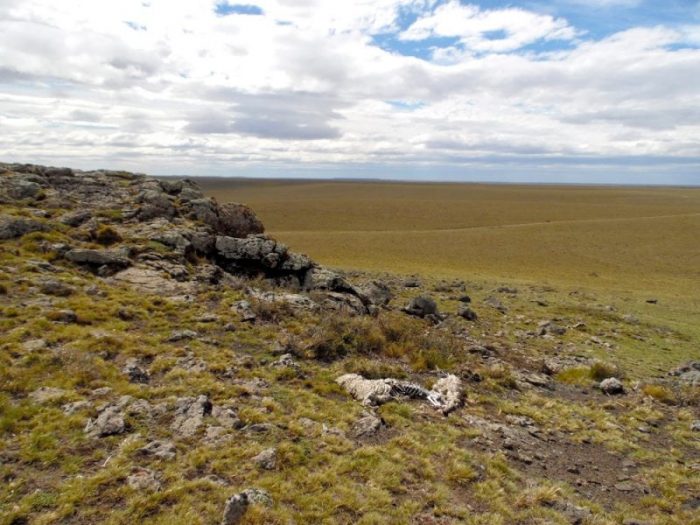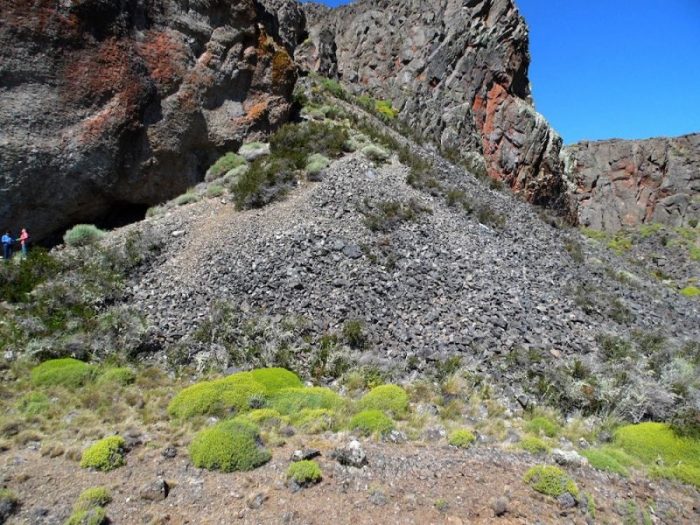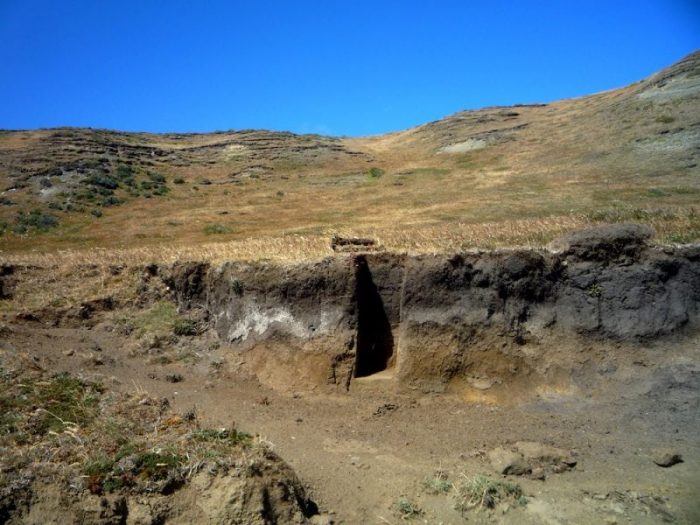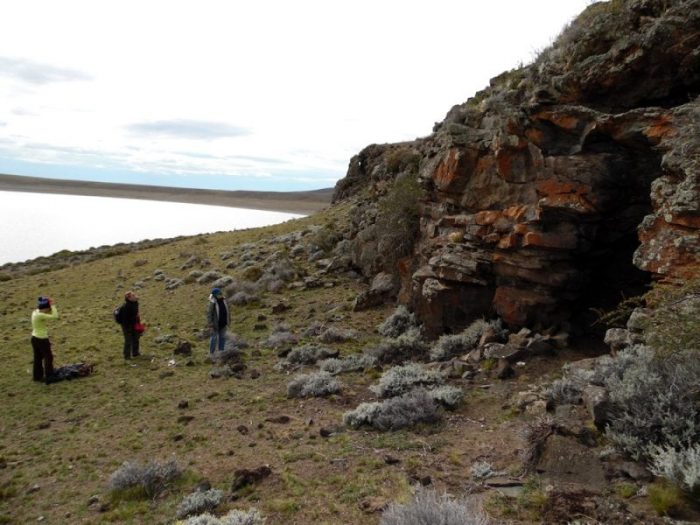
The archaeological record could be roughly defined as the material culture generated by past populations, whose systematic study can tell us about the human behavior and its surrounding.
For instance, the analysis of shell mounds accumulated by the human discard over 4000 years informs us about subsistence strategies, the settlement spatial organization, rubbish management, ecological knowledge; but also about the paleoecology of different mollusks through time and their physiological response against a predator. However, in order to be able to “squeeze” the archaeological data, the record necessarily needs a multi-scale spatiotemporal context of interpretation: an archaeological object only makes real sense next to that rock, in that hole, placed in that fluvial terrace, where the object was found. The lack of context converts the archaeology in mere collecting.
When archaeologists find archaeological evidences (e.g. stone artifacts, bone remains, textiles, wood, metals, mollusk shells, etc.), one of the first challenge is (or should be) understanding if the record arrives at that place due to anthropogenic or non-anthropogenic processes, namely, if it was deposited (intentionally or unintentionally) by humans or other agents such as non-human animals, water flow, wind, ice masses or gravity-driven processes. Burial processes (or vertical movements), if occur, must be also analyzed. All these aspects concern the spatial properties of the record (e.g. position, orientation, distribution).

Credit: Ivana Laura Ozán
There are, however, many other qualitative and quantitative issues that have to be addressed prior to a “behavioral interpretation”, such as how did this object change since it was deposited until now? (e.g. color, shape, size); is the registered frequency the “original” one, or was the assemblage partially destroyed? In sum, the study of the archaeological record requires, first, a careful examination of the processes which have modified it since it was deposited until it was found. We usually call this approach “formation processes analysis” or sometimes “taphonomy”, depending on specific methodological aspects.
The Archaeological Record And Gravity-driven Processes
For natural processes, the archaeological material is just a particle, like any other piece of rock. In particular, the importance of understanding gravity-driven processes in archaeological contexts lies in their significant impact on the spatial properties and the fact that some of these processes also operate on specific particle sizes, densities, or shapes, so archaeological assemblages can be differentially affected and massively distorted. Therefore, a “pristine” observation of these cases may carry important misunderstandings concerning biogeographical questions of past human populations. On the other hand, the study of natural and anthropogenic deposits accumulated by gravity-driven processes can also offer indirect data about paleoenvironmental conditions, since some biological and climatic factors that take place along a talus leave conspicuous signatures, which are indicative of specific climatic conditions that change through time.
Gravity action is usually classified in two main categories: (1) collective or mass movement processes (creeping, landslides, flows and solifluction); and (2) individual particle processes (rolling, bouncing, falls, and toppling). The occurrence, speed, extent, and frequency of slope processes depend on several interconnected factors and triggers, such as climate (precipitation, humidity, temperature and wind intensity), abundance and type of vegetation, soil development, microtopography, substrate granulometry, mineralogy, drainage condition, slope angle, slope shape (e.g., rectilinear, concave, etc.), availability of solid loose material, human impact (deforestation, overgrazing, soil depletion, etc.), and earthquake occurrence (its frequency and intensity).

Credit: Ivana Laura Ozán
Fortunately, available data allow us to link specific macro- and microscopic properties of archaeological or natural slope-context with the gravity driven-process which could have contributed to its formation or transformation. For example, we already knew that “soil creeping” can create a slope-parallel orientation of elongated particles. Therefore, if our archaeological assemblage shows this orientation, we must be cautious in the way we interpret the record. Unfortunately, in the real world, we find a complex combination of properties caused by multiple processes that we have to try to disentangle in order to observe the human behavior behind.
Furthermore, other processes that are not gravity-dependent must also be taken into account to arrive at an accurate and holistic interpretation of the archaeological record placed in slope contexts. Complex interactions among climatic, geological, and biological processes also take place in slopes along with the gravity action. Although each process affects the archaeological record in a singular way, the formation of “palimpsests” (homogeneous mixtures of archaeological record deposited at different moments in time) seems to be a common postdepositional result. This “time puzzle” has to be noted in order to organize each finding or assemblage with a time reference and tell a story in appropriate order. So, how do archaeologists deal with this?

Credit: Ivana Laura Ozán
Only by understanding the specific mechanisms and processes that occur in each context, an accurate methodological approach can be chosen. This evaluation comprises a careful study of the spatial distribution, frequency, size, diversity, and orientation of the archaeological record, but also of other non-anthropogenic particles such as natural rocks or modern bone remains. Here, actualistic studies (the observation of present processes to make analogies for the past processes) are a useful tool that provides a framework for discussing the timing and intensity at which processes occur.
Surveying should extend beyond the apparent limits of the archaeological site to control similar context without material culture (as a “control sample”). Finally, a detailed geomorphological description together with sedimentological studies, macro/microscopic soil evaluations, and a taphonomic treatment of the archaeological record are definitely the appropriate complementary approaches for a more nuanced archaeological interpretation at any spatial scale.

Credit: Ivana Laura Ozán
The study, Gravity and the formation of the archaeological record: Main concepts and methodological tools was recently published in the journal Geoarchaeology.









